Decades of Conservation Pay Off as Green Sea Turtles Rebound Worldwide
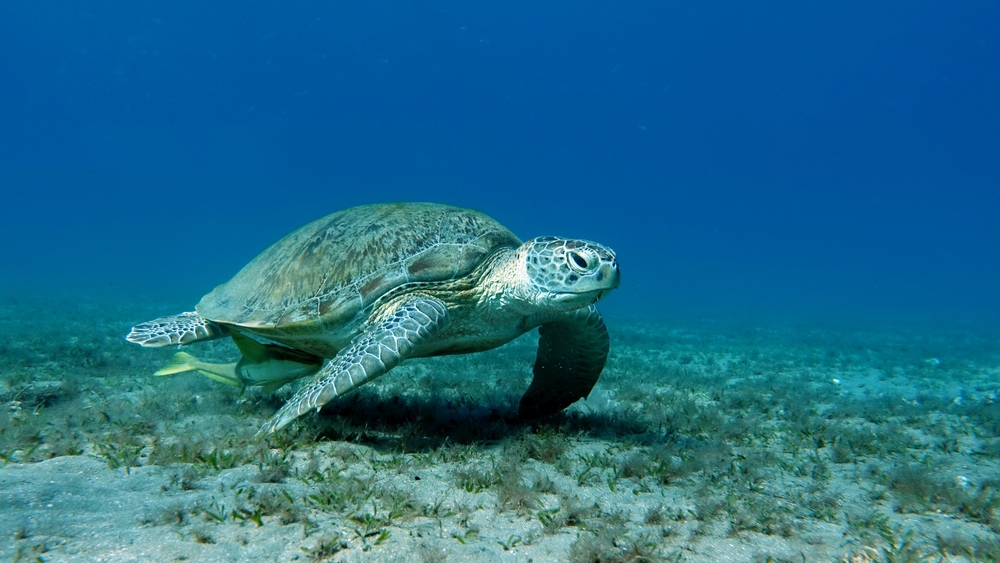
For centuries, the story of the green sea turtle has been a painful mirror of humanity’s relationship with nature, a tale of beauty and loss, of exploitation and hope. Once abundant across tropical and subtropical seas, these ancient mariners became victims of our appetites and ambitions. They were hunted for their meat and shells, their nesting beaches paved over for luxury resorts, and their hatchlings tangled in discarded fishing nets. Their decline was slow but steady, and by the late 20th century, they were on the brink of vanishing from our oceans. Today, that story has changed. Against all odds, green sea turtles have not only survived, they’ve made a comeback strong enough to shake the foundations of despair and remind us of what long-term dedication to conservation can achieve.
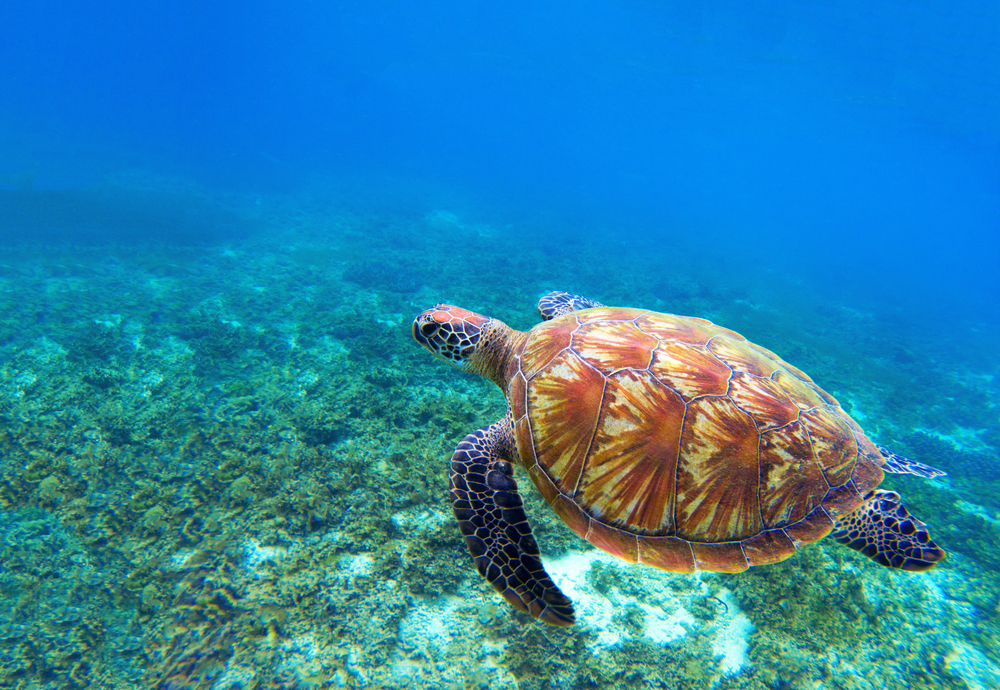
Image Credit: Shutterstock
A Long Journey Back from the Edge
The International Union for Conservation of Nature (IUCN), the global authority on species survival, recently announced a historic update that green sea turtles are no longer classified as endangered. After decades of coordinated global conservation, they have officially risen to the status of least concern, a remarkable shift that represents a 28 percent rebound since the 1970s. For context, the IUCN’s Red List has tracked the conservation status of more than 172,000 species since 1964. Nearly 49,000 remain threatened with extinction. So when one species steps off that cliff and finds solid ground again, it is more than a statistic. It is a symbol of what is possible when humanity chooses protection over neglect and persistence over apathy.
Roderic Mast, co-chair of the IUCN’s Marine Turtle Specialist Group, described the turtles’ recovery as “a powerful example of what coordinated global conservation over decades can achieve.” The story of the green sea turtle is not just a story of nature healing. It is a story of us, and how our choices, when guided by care instead of convenience, can rewrite even the darkest chapters of our relationship with the natural world. The recovery of this species shows that patient, coordinated, science-driven action still has the power to turn the tide, even when the odds seem impossible.
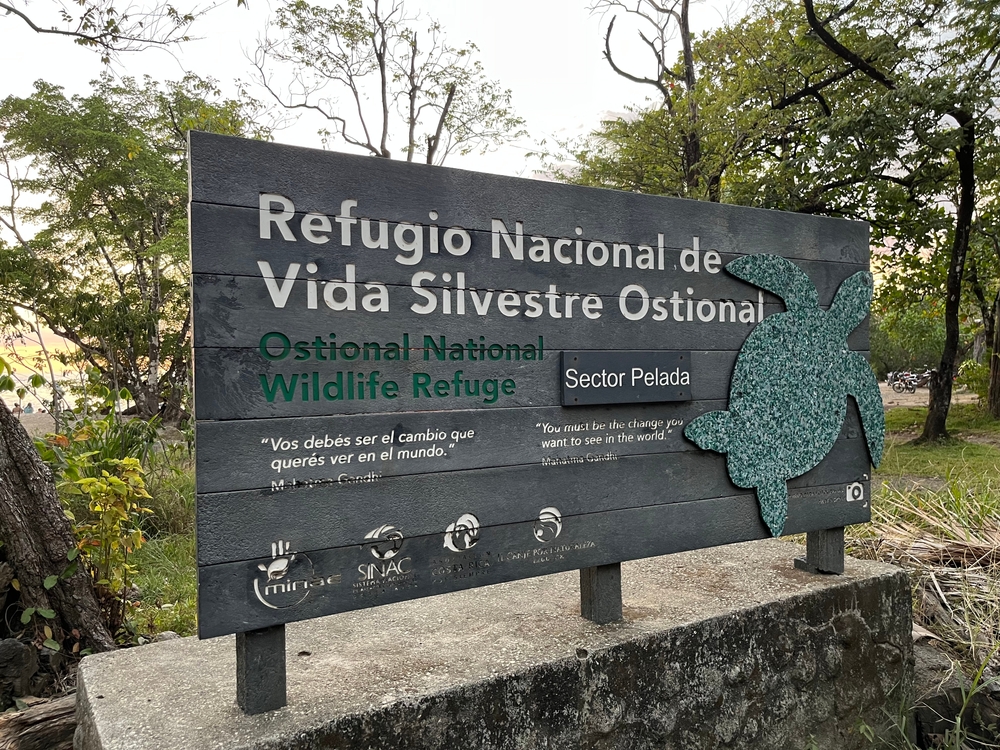
Image Credit: Shutterstock
The Power of Protection: From Beach to Ocean
The resurgence of green sea turtles did not happen by luck or by chance. It happened because people refused to let them disappear. Across the world, from Florida to Indonesia, volunteers and conservationists have worked tirelessly to protect turtle nests. They have built protected zones on beaches, implemented strict laws against poaching, and used innovative tools like temperature monitoring and hatchery relocation to increase the survival rates of hatchlings. These hands-on efforts ensured that more baby turtles could safely crawl into the sea and begin the perilous journey toward adulthood.
Accidental capture, known as bycatch, has long been a silent killer of sea turtles. In response, technology stepped in with solutions like Turtle Excluder Devices (TEDs), trapdoor-like openings in fishing nets that allow turtles to escape while retaining the intended catch. These small innovations have saved countless lives beneath the waves and demonstrated that modern industry and conservation can coexist when there is the will to adapt. Meanwhile, international bans and public awareness campaigns have dramatically reduced the demand for turtle meat, shells, and eggs. As cultural attitudes shift toward sustainability, old practices that once endangered these creatures are slowly being replaced by reverence and respect for the oceans that sustain all life.
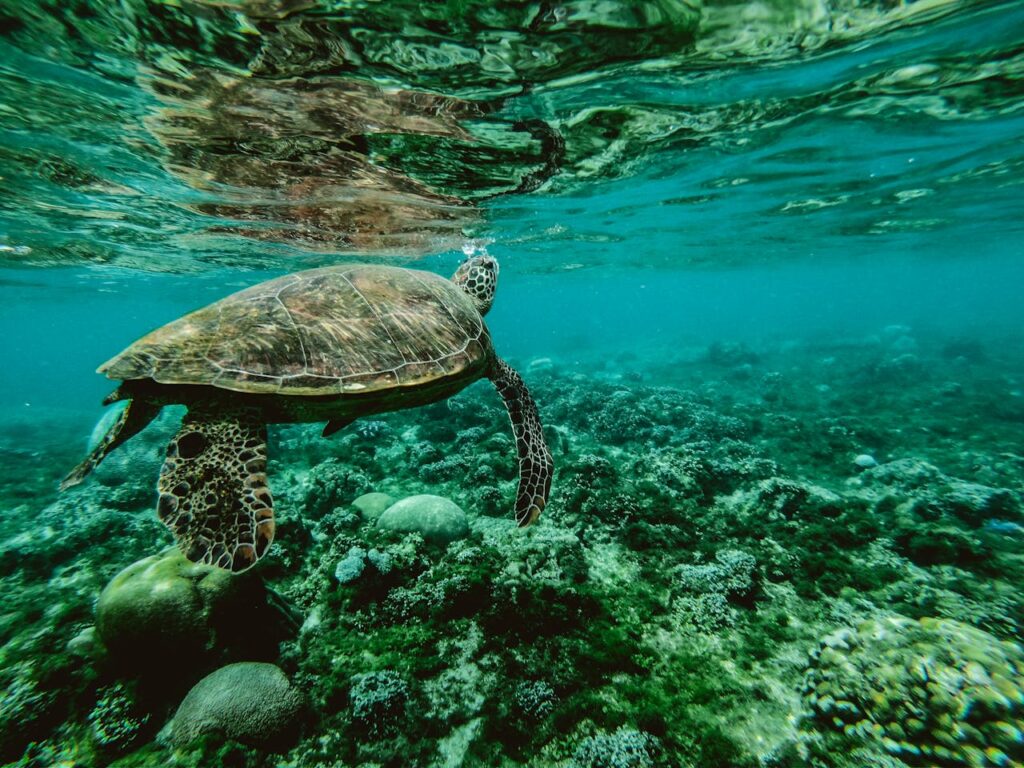
Image Credit: Shutterstock
What the Green Sea Turtle Teaches Us About Ourselves
There is something profoundly poetic about the resilience of the green sea turtle. These creatures have been gliding through the oceans since the age of dinosaurs. They survived ice ages, shifting continents, and mass extinctions, yet they nearly fell victim to us. Their comeback reminds us that while humanity has the power to destroy, we also have the power to restore. The recovery of the green sea turtle invites reflection on how we interact with the planet and challenges us to think about what it means to live responsibly within nature rather than apart from it.
Their story asks us to consider how many other species are waiting for us to care enough to act. How many environmental battles are not lost causes, but simply unwritten success stories waiting for the same persistence? The green sea turtle’s rise from the endangered list is proof that change is possible even when it feels too late. It is a reminder that hope is not naïve; it is necessary. The lesson here extends beyond conservation. It touches the very way we think about time, patience, and legacy. Healing a planet takes generations, but every action, every choice, begins to shift the balance toward renewal.
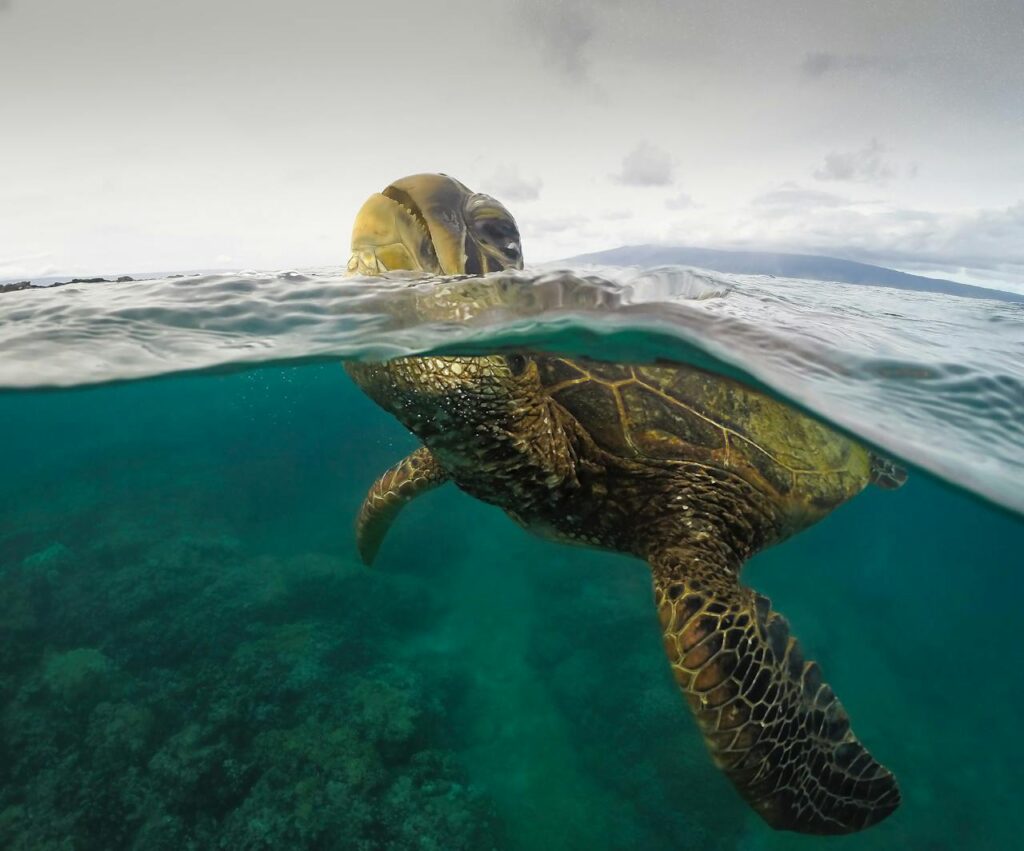
Image Credit: Shutterstock
The Ripple Effect: More Than Just a Turtle Tale
Environmental recovery does not exist in isolation. When green sea turtles return to health, so do the ecosystems around them. These turtles play a vital role in maintaining seagrass beds and coral reefs. By grazing on seagrass, they prevent overgrowth, which helps oxygenate the water and support countless other marine species. Their presence influences the balance of marine ecosystems, from the smallest invertebrates to the largest fish.
Their rebound strengthens entire food webs, supports coastal economies reliant on ecotourism, and restores a delicate balance that humans too depend on, often without realizing it. Saving the green sea turtle is not just about compassion or nostalgia for what once was. It is about protecting the stability of life on Earth, one ecosystem at a time. Their story proves that environmental protection is not just an ethical choice but a practical one, essential to preserving the very systems that sustain human life and well-being.
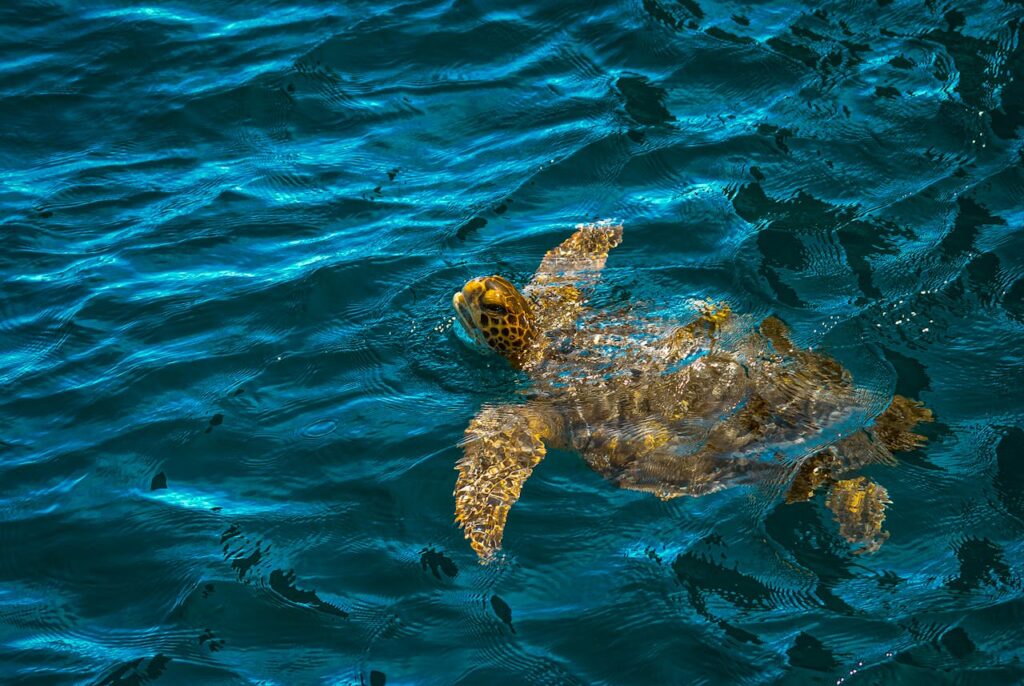
Image Credit: Shutterstock
A Blueprint for Future Conservation
The success of the green sea turtle offers a model for how we might rescue other species from the brink. Conservation is not a one-time campaign; it is a generational commitment. Decades of persistence made this recovery possible, showing that small, sustained actions outweigh short bursts of attention. Sea turtles do not recognize national boundaries, so their survival required cooperation between governments, NGOs, indigenous communities, and local volunteers. In a fragmented world, this kind of unity is not just rare; it is revolutionary.
Education and empathy also play critical roles. Awareness changes behavior. As people learn about the interconnectedness of ecosystems, they begin to see conservation not as charity, but as survival. The green sea turtle’s success provides a living blueprint for how to balance human needs with environmental limits. If we can extend this model to other endangered species, from coral reefs to rainforest primates, the ripple of recovery could spread far beyond one success story. The lessons are there for us to follow if we are willing to listen and act.
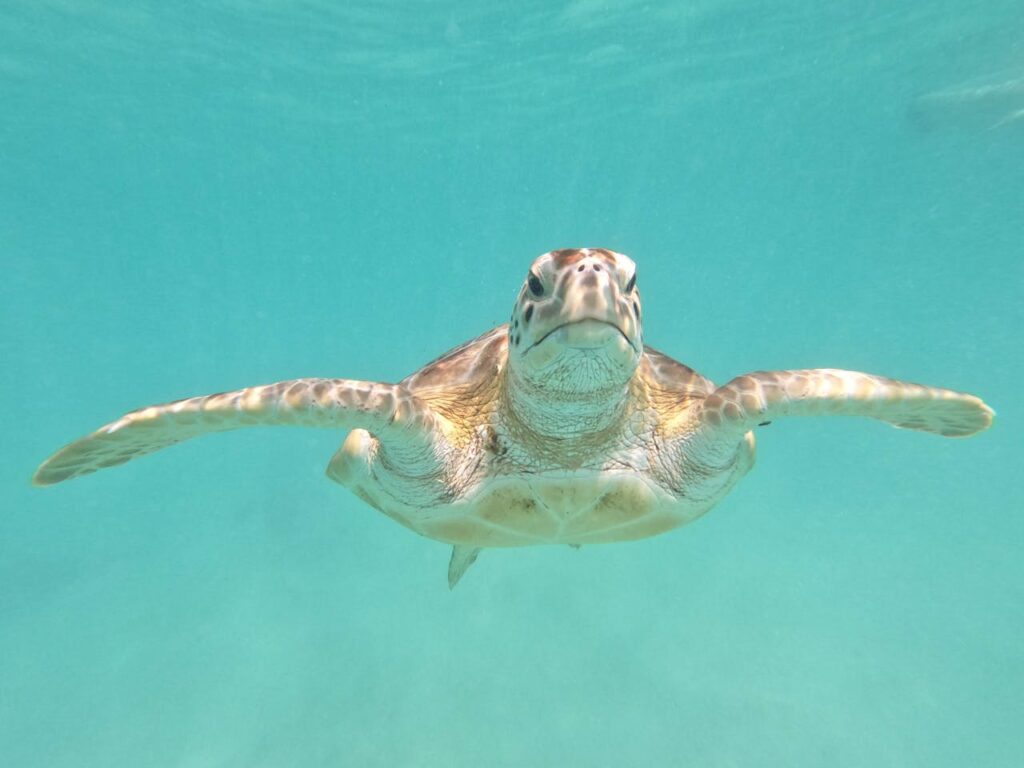
Image Credit: Shutterstock
Reflection: The Ocean Is Our Mirror
The ocean, vast and timeless, reflects the truth about our civilization. When we pollute it, we poison ourselves. When we protect it, we heal ourselves. The return of the green sea turtle is more than a conservation victory. It is a spiritual reminder that we are not separate from nature; we are nature. As you read this, imagine the soft glide of a green sea turtle beneath the surface, calm, ancient, unstoppable. Its heart beats once every nine minutes when it rests. That patience, that rhythm, is what we must learn if we want to coexist with the planet that birthed us.
The green sea turtle has waited millions of years to remind us of something simple but profound: that life wants to live. Our role is not to conquer it, but to protect the miracle we have been given. And now, as these turtles return to the sea in numbers not seen in decades, they carry a message for all of us, not of survival, but of awakening. Because when nature heals, we do too.
Featured Image Credit: Shutterstock
Loading...

